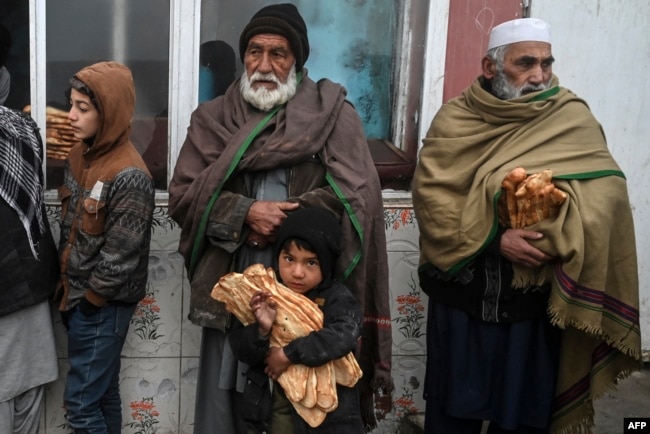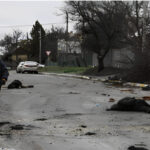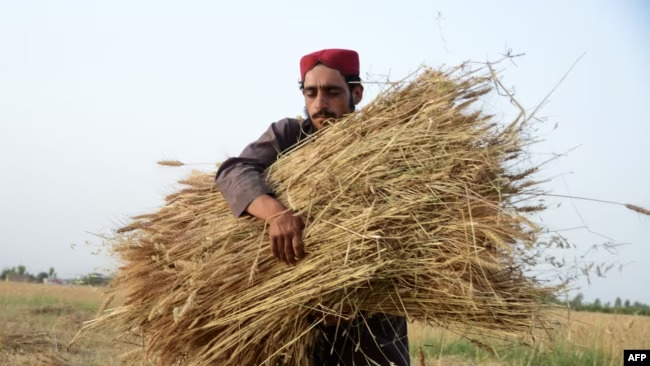GENEVA — Growing risks of a potentially large Moroccan locust outbreak sweeping across northern Afghanistan’s eight provinces, the country’s wheat basket, will have devastating consequences for millions of Afghan people already suffering from acute hunger if not controlled, according to the U.N. Food and Agriculture Organization.
“It is a heartbreaking story that could be unfolding,” said Richard Trenchard, FAO representative in Afghanistan.
Speaking from the capital Kabul, Trenchard said, “Its impact could be enormous in a country facing one of the world’s largest humanitarian crises.”
The Moroccan locust is ranked among the most economically damaging plant pests anywhere in the world. FAO warns it eats more than 150 species of plants, including tree crops, pastures, and food crops, all of which grow in Afghanistan.
Trenchard said a full outbreak this year could result in losses of more than a million metric tons of wheat, “up to a quarter of the total annual harvest” and economic losses of up to $500 million.
“There are heroic local efforts going on—communities, FAO, our NGO partners, and the authorities to do physical control. But it may be too little, too late to stop the outbreak.”
He said, “We will see in the next few days and weeks, as the hoppers, the adolescent locust become adults, the true scale. It will certainly lead to a spike of humanitarian needs,” noting that “up to three million people directly could be affected.”
The United Nations reports the humanitarian crisis in Afghanistan has become more severe since the Taliban took control of the country in mid-August 2021, adding that their discriminatory policies against women have worsened the country’s humanitarian and economic situation.

The World Food Program reports 19.9 million people face acute hunger and 6 million are on the verge of famine. It says nearly half of children under five and a quarter of pregnant and breastfeeding women are acutely malnourished and need life-saving nutrition support in the next 12 months.
U.N. agencies report the Ukraine crisis, triggered by Russia’s invasion of the country, has caused the price of food, fuel, and other commodities to rise, making them unaffordable in many countries, including in Afghanistan.
Trenchard notes that the harvest forecasts this year are the best following three years of drought. This, he said makes it particularly distressing to see that “this outbreak threatens to destroy all these recent gains and dramatically worsen the food insecurity situation later this year and into next year.”
He said thousands of people have been working day and night, shoulder-to-shoulder to kill the hopper bands before they become adults and begin to swarm. Despite these herculean efforts, he said he feared the impact would be limited.
He explained that people have been forced to use traditional physical control methods to reduce the locust threat such as “sweeping locusts by hand into trenches or onto tarpaulins and destroying them.
“Chemical control is the tried-and-tested method for controlling locusts around the world, including here,” he said. “But chemical supplies were too low to mount a systematic campaign earlier this year.”
He noted that Afghanistan used to have a very strong locust control system in place, which has been heavily eroded in the last two years of Taliban rule.
The FAO representative warns the Moroccan locust population could increase its numbers by 100-fold in the next year if left untreated “creating even bigger problems for agriculture and food security for Afghanistan and that of its neighbors.”
Source : VOANews















